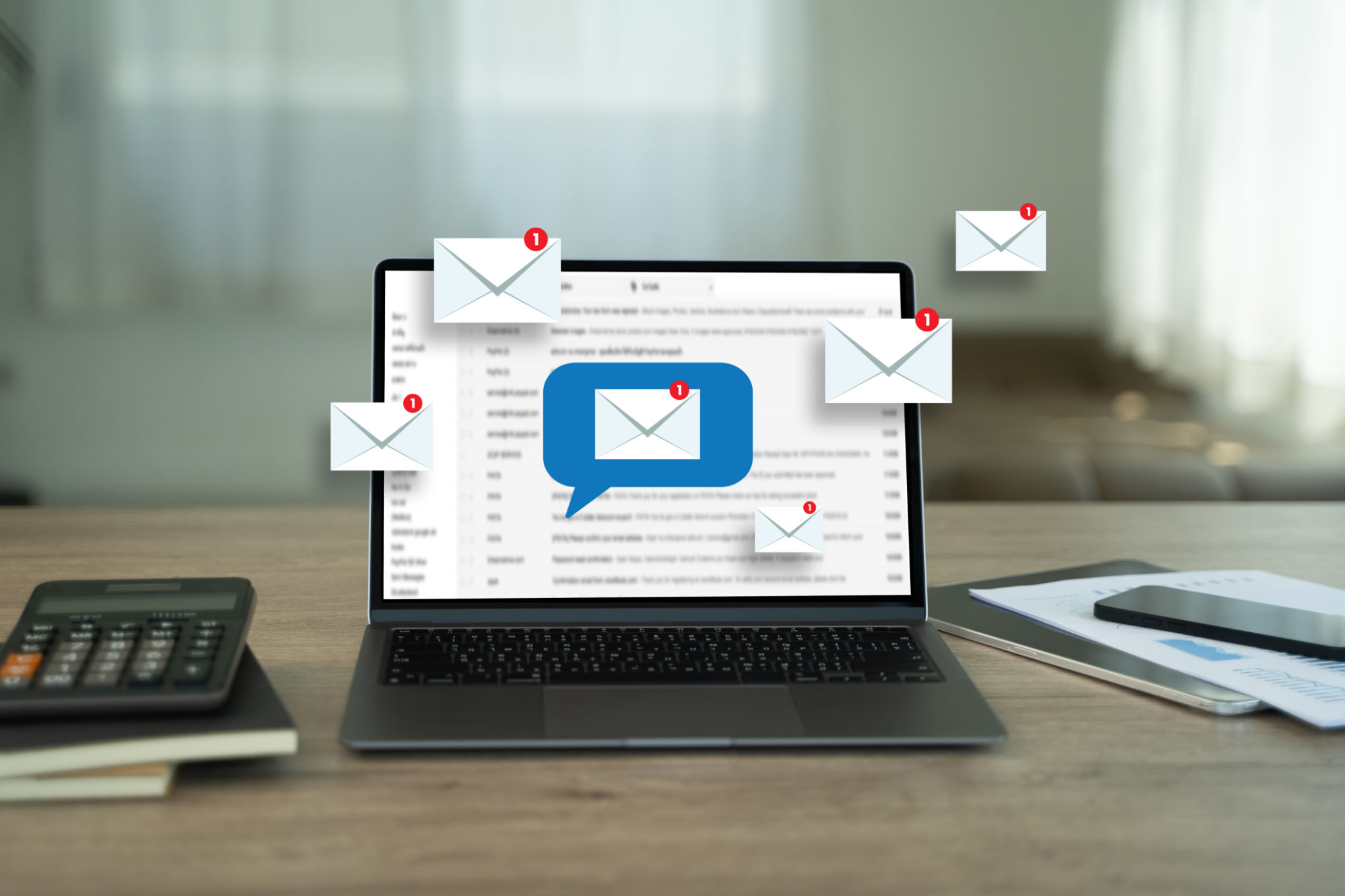Expert Insights: Common Email Deliverability Myths Debunked
Understanding Email Deliverability
Email deliverability is a crucial aspect of digital marketing, impacting how well your messages reach your audience's inboxes. Despite its importance, several myths persist that can mislead even seasoned marketers. In this post, we aim to debunk these common myths and provide insights into what truly affects email deliverability.

Myth 1: More Emails Mean Better Deliverability
Many believe that sending more emails will increase their chances of landing in the inbox. However, this is far from the truth. Overloading recipients with emails can lead to higher unsubscribe rates, and even worse, your emails might be marked as spam. Instead, focus on quality over quantity by sending targeted, relevant content.
Myth 2: All Spam Complaints Are Harmful
While spam complaints can hurt your sender reputation, not all complaints are created equal. Occasionally receiving a complaint is normal and won’t drastically affect deliverability if your overall email practices are sound. Monitor your spam complaint rate and strive to keep it low, but don't panic over a few isolated incidents.

Myth 3: The Subject Line Is the Most Critical Factor
Although crafting an engaging subject line is important, it's not the sole determinant of deliverability. Factors such as sender reputation, authentication protocols like SPF and DKIM, and list hygiene play a significant role. Ensure that you're maintaining a clean email list and using authenticated domains to improve your chances of reaching the inbox.
Myth 4: Purchased Lists Are a Quick Fix
Purchasing email lists might seem like an efficient way to expand your reach, but it often results in more harm than good. These lists can be riddled with invalid addresses and uninterested recipients, leading to high bounce rates and spam complaints. Focus on growing your list organically through genuine engagement with your audience.

Myth 5: HTML Emails Are Always Problematic
There's a misconception that HTML emails have lower deliverability than plain text emails. While overly complex HTML can trigger spam filters, well-designed HTML emails with clean code are perfectly acceptable. Keep your designs simple, avoid excessive images or links, and always include a plain text version for better results.
Improving Email Deliverability
To enhance your email deliverability, focus on building a strong sender reputation by maintaining high engagement rates and following best practices. Regularly clean your email list to remove inactive subscribers and ensure all emails are authenticated with proper protocols.
By understanding and debunking these myths, you can take proactive steps to ensure your emails reach their intended audience effectively. Stay informed on best practices and continuously adapt your strategies to maintain high deliverability rates.